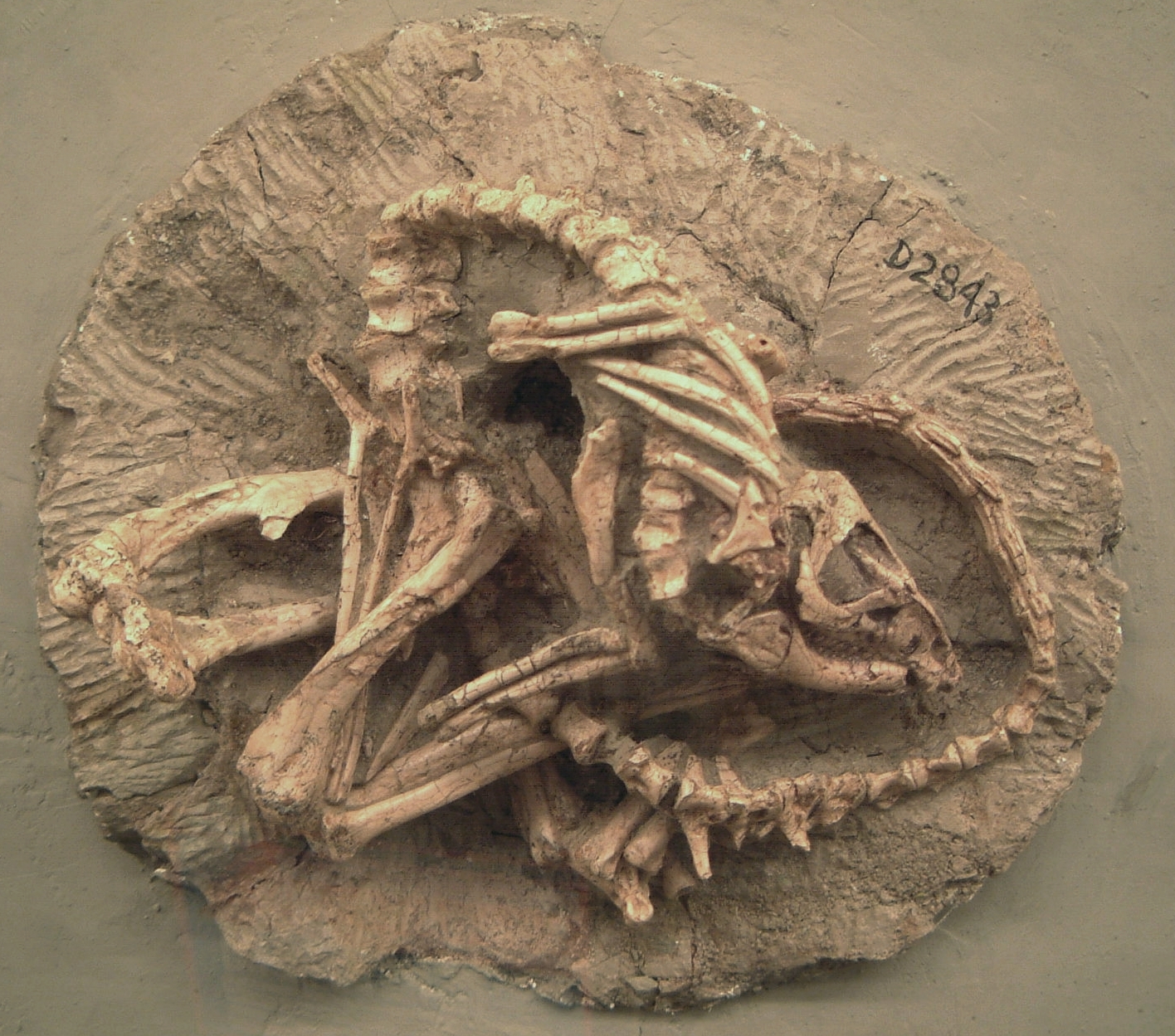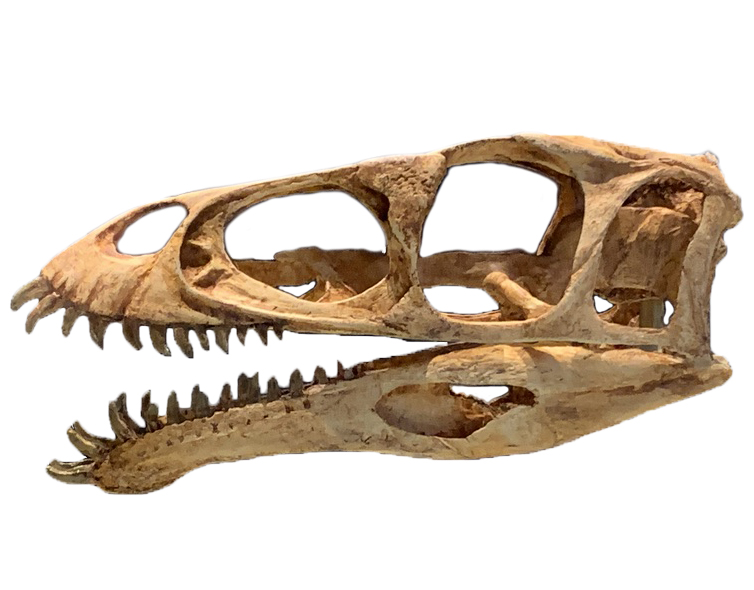|
Vespersaurus Paranaensis
''Vespersaurus'' (meaning "western lizard") is a genus of noasauridae, noasaurid theropod dinosaur from the Late Cretaceous Rio Paraná Formation in the Paraná Basin, Brazil. The type species, type and only species is ''V. paranaensis'', which would have lived in the giant prehistoric Botucatu Formation, Botucatu Desert. Etymology The generic name is derived from the Latin "vesper," meaning "evening/west," in reference to the town Cruzeiro do Oeste ("Western Cross") near which the fossils were found, and the Greek "sauros," meaning "lizard." The specific name refers to the Paraná (state), Paraná state. Discovery and naming After the discovery of numerous skeletons of the pterosaurs ''Caiuajara'' and ''Keresdrakon'' at the Cemitério dos Pterossauros site near Cruzeiro do Oeste, the remains of small theropods were uncovered between 2011 and 2015. One of these was named and described in 2019 as ''Vespersaurus''. The holotype, MPCO.V 0065d, was recovered from the Late Cretac ... [...More Info...] [...Related Items...] OR: [Wikipedia] [Google] [Baidu] |
Late Cretaceous
The Late Cretaceous (100.5–66 Ma) is the younger of two epochs into which the Cretaceous Period is divided in the geologic time scale. Rock strata from this epoch form the Upper Cretaceous Series. The Cretaceous is named after ''creta'', the Latin word for the white limestone known as chalk. The chalk of northern France and the white cliffs of south-eastern England date from the Cretaceous Period. Climate During the Late Cretaceous, the climate was warmer than present, although throughout the period a cooling trend is evident. The tropics became restricted to equatorial regions and northern latitudes experienced markedly more seasonal climatic conditions. Geography Due to plate tectonics, the Americas were gradually moving westward, causing the Atlantic Ocean to expand. The Western Interior Seaway divided North America into eastern and western halves; Appalachia and Laramidia. India maintained a northward course towards Asia. In the Southern Hemisphere, Australia and Ant ... [...More Info...] [...Related Items...] OR: [Wikipedia] [Google] [Baidu] |
Sandstones
Sandstone is a clastic sedimentary rock composed mainly of sand-sized (0.0625 to 2 mm) silicate grains. Sandstones comprise about 20–25% of all sedimentary rocks. Most sandstone is composed of quartz or feldspar (both silicates) because they are the most resistant minerals to weathering processes at the Earth's surface. Like uncemented sand, sandstone may be any color due to impurities within the minerals, but the most common colors are tan, brown, yellow, red, grey, pink, white, and black. Since sandstone beds often form highly visible cliffs and other topographic features, certain colors of sandstone have been strongly identified with certain regions. Rock formations that are primarily composed of sandstone usually allow the percolation of water and other fluids and are porous enough to store large quantities, making them valuable aquifers and petroleum reservoirs. Quartz-bearing sandstone can be changed into quartzite through metamorphism, usually related to te ... [...More Info...] [...Related Items...] OR: [Wikipedia] [Google] [Baidu] |
Cretaceous Brazil
The Cretaceous ( ) is a geological period that lasted from about 145 to 66 million years ago (Mya). It is the third and final period of the Mesozoic Era, as well as the longest. At around 79 million years, it is the longest geological period of the entire Phanerozoic. The name is derived from the Latin ''creta'', "chalk", which is abundant in the latter half of the period. It is usually abbreviated K, for its German translation ''Kreide''. The Cretaceous was a period with a relatively warm climate, resulting in high eustatic sea levels that created numerous shallow inland seas. These oceans and seas were populated with now-extinct marine reptiles, ammonites, and rudists, while dinosaurs continued to dominate on land. The world was ice free, and forests extended to the poles. During this time, new groups of mammals and birds appeared. During the Early Cretaceous, flowering plants appeared and began to rapidly diversify, becoming the dominant group of plants across the Earth by th ... [...More Info...] [...Related Items...] OR: [Wikipedia] [Google] [Baidu] |
Late Cretaceous Dinosaurs Of South America
Late may refer to: * LATE, an acronym which could stand for: ** Limbic-predominant age-related TDP-43 encephalopathy, a proposed form of dementia ** Local-authority trading enterprise, a New Zealand business law ** Local average treatment effect, a concept in econometrics Music * ''Late'' (album), a 2000 album by The 77s * Late!, a pseudonym used by Dave Grohl on his ''Pocketwatch'' album * Late (rapper), an underground rapper from Wolverhampton * "Late" (song), a song by Blue Angel * "Late", a song by Kanye West from ''Late Registration'' Other * Late (Tonga), an uninhabited volcanic island southwest of Vavau in the kingdom of Tonga * "Late" (''The Handmaid's Tale''), a television episode * LaTe, Oy Laivateollisuus Ab, a defunct shipbuilding company * Late may refer to a person who is Dead See also * * * ''Lates'', a genus of fish in the lates perch family * Later (other) * Tardiness * Tardiness (scheduling) In scheduling, tardiness is a measure of a delay in exe ... [...More Info...] [...Related Items...] OR: [Wikipedia] [Google] [Baidu] |
Timeline Of Ceratosaur Research
This timeline of ceratosaur research is a chronological listing of events in the history of paleontology focused on the ceratosaurs, a group of relatively primitive, often horned, predatory theropod dinosaurs that became the apex predators of the southern hemisphere during the Late Cretaceous. The nature and taxonomic composition of the Ceratosauria has been controversial since the group was first distinguished in the late 19th century. In 1884 Othniel Charles Marsh described the new genus and species ''Ceratosaurus nasicornis'' from the Late Jurassic Morrison Formation of the western United States. He felt that it belonged in a new family that he called the Ceratosauridae. He created the new taxon Ceratosauria to include both the Ceratosauridae and the ostrich-like ornithomimids. The idea of the Ceratosauria was soon contested, however. Later that same decade both Lydekker and Marsh's hated rival Edward Drinker Cope argued that the taxon was invalid. The idea of the Cer ... [...More Info...] [...Related Items...] OR: [Wikipedia] [Google] [Baidu] |
Gasparinisaura Cincosaltensis
''Gasparinisaura'' (meaning "Gasparini's lizard") is a genus of herbivorous ornithopod dinosaur from the Late Cretaceous. The first fossils of ''Gasparinisaura'' were found in 1992 near Cinco Saltos in Río Negro Province, Argentina. The type species, ''Gasparinisaura cincosaltensis'', was named and described in 1996 by Rodolfo Coria and Leonardo Salgado. The generic name honors Argentine palaeontologist Zulma Brandoni de Gasparini. The specific name refers to Cinco Saltos.Coria, R. A., and L. Salgado. (1996). "A basal iguanodontian (Ornithischia: Ornithopoda) from the Late Cretaceous of South America". ''Journal of Vertebrate Paleontology'' 16: 445–457 Discovery The holotype, MUCPv-208, was uncovered in a layer of the Anacleto Formation, dating from the early Campanian, about 83 million years old. It consists of a partial skeleton with skull, lacking much of the vertebral column. The paratype is MUCPv-212, a tail with lower hindlimb elements. In 1997, three additional spe ... [...More Info...] [...Related Items...] OR: [Wikipedia] [Google] [Baidu] |
Jeholosaurus Shangyuanensis
''Jeholosaurus'' is a genus of neornithischian dinosaur from the Early Cretaceous Period. It is thought to have been a herbivorous small ornithopod. History of discovery The first two ''Jeholosaurus'' specimens were found in 2000 at Lujiatun near Beipiao City, Liaoning Province, China, and named and described the same year by Xu Xing, Wang Xioalin and You Hailu. The type and only known species is ''Jeholosaurus shangyuanensis''. The generic name ''Jeholosaurus'' means "lizard from Jehol"; Jehol is the name of a historical province situated in western Liaoning and northern Hebei. The specific name refers to the geographical area of Shangyuan where the fossil site is located. The type specimen of ''Jeholosaurus'', on which the genus is based, is IVPP V 12529. It was found in a layer of the early Yixian Formation, dating from the early Aptian, about 126-125 million years old. The layers consist of fluvial sandstone interspersed with tuff and it is thought that ... [...More Info...] [...Related Items...] OR: [Wikipedia] [Google] [Baidu] |
Masiakasaurus Knopfleri
''Masiakasaurus'' is a genus of small predatory noasaurid theropod dinosaurs from the Late Cretaceous of Madagascar. In Malagasy, ''masiaka'' means "vicious"; thus, the genus name means "vicious lizard". The type species, ''Masiakasaurus knopfleri'', was named after the musician Mark Knopfler, whose music inspired the expedition crew. It was named in 2001 by Scott D. Sampson, Matthew Carrano, and Catherine A. Forster. Unlike most theropods, the front teeth of ''M. knopfleri'' projected forward instead of straight down. This unique dentition suggests that they had a specialized diet, perhaps including fish and other small prey. Other bones of the skeleton indicate that ''Masiakasaurus'' were bipedal, with much shorter forelimbs than hindlimbs. ''M. knopfleri'' was a small theropod, reaching long and weighing . ''Masiakasaurus'' lived around 70 million years ago, along with animals such as ''Majungasaurus'', ''Rapetosaurus'', and ''Rahonavis''. ''Masiakasaurus'' was a member ... [...More Info...] [...Related Items...] OR: [Wikipedia] [Google] [Baidu] |
Noasaurus Leali
''Noasaurus'' ("Northwestern Argentina lizard") is a genus of ceratosaurian theropod dinosaur genus from the late Campanian-Maastrichtian (Late Cretaceous) of Argentina. The type and only species is ''N. leali''. Discovery and naming In the mid-seventies, a fragmentary small theropod skeleton was discovered by Jaime Eduardo Powell and José Fernando Bonaparte at the Estancia El Brete-site. In 1977, the discovery was reported in the scientific literature. The type species, ''Noasaurus leali'', was named and described by Bonaparte and Powell in 1980. The generic name begins with a usual abbreviation of ''noroeste Argentina'', "northwest Argentina". The specific name honours the owner of the site, Fidel Leal.J. F. Bonaparte and J. E. Powell. 1980. "A continental assemblage of tetrapods from the Upper Cretaceous beds of El Brete, northwestern Argentina (Sauropoda-Coelurosauria-Carnosauria-Aves)". ''Mémoires de la Société Géologique de France, Nouvelle Série'' 139: 19-28 Th ... [...More Info...] [...Related Items...] OR: [Wikipedia] [Google] [Baidu] |
Holotype
A holotype is a single physical example (or illustration) of an organism, known to have been used when the species (or lower-ranked taxon) was formally described. It is either the single such physical example (or illustration) or one of several examples, but explicitly designated as the holotype. Under the International Code of Zoological Nomenclature (ICZN), a holotype is one of several kinds of name-bearing types. In the International Code of Nomenclature for algae, fungi, and plants (ICN) and ICZN, the definitions of types are similar in intent but not identical in terminology or underlying concept. For example, the holotype for the butterfly '' Plebejus idas longinus'' is a preserved specimen of that subspecies, held by the Museum of Comparative Zoology at Harvard University. In botany, an isotype is a duplicate of the holotype, where holotype and isotypes are often pieces from the same individual plant or samples from the same gathering. A holotype is not necessarily "typ ... [...More Info...] [...Related Items...] OR: [Wikipedia] [Google] [Baidu] |
Digit (anatomy)
A digit is one of several most distal parts of a limb, such as fingers or toes, present in many vertebrates. Names Some languages have different names for hand and foot digits (English: respectively "finger" and "toe", German: "Finger" and "Zeh", French: "doigt" and "orteil"). In other languages, e.g. Arabic, Russian, Polish, Spanish, Portuguese, Italian, Czech, Tagalog, Turkish, Bulgarian, and Persian, there are no specific one-word names for fingers and toes; these are called "digit of the hand" or "digit of the foot" instead. In Japanese, yubi (指) can mean either, depending on context. Human digits Humans normally have five digits on each extremity. Each digit is formed by several bones called phalanges, surrounded by soft tissue. Human fingers normally have a nail at the distal phalanx. The phenomenon of polydactyly occurs when extra digits are present; fewer digits than normal are also possible, for instance in ectrodactyly. Whether such a mutation can be surgica ... [...More Info...] [...Related Items...] OR: [Wikipedia] [Google] [Baidu] |


Saunders_Quarry-1.jpg)






